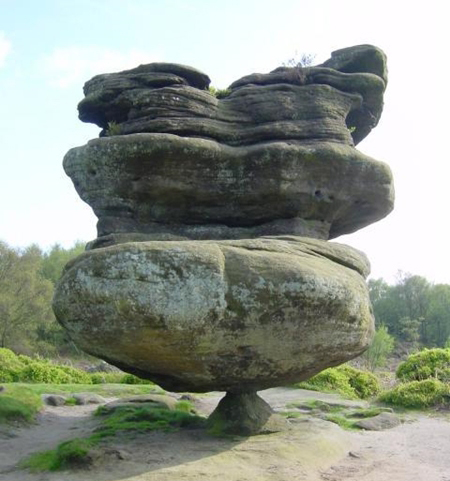
One of the balanced rocks at Brimham Moor, North Yorkshire, England has been shaped over time by wind and water erosion to its current form. The bottom layer is eroded the quickest.
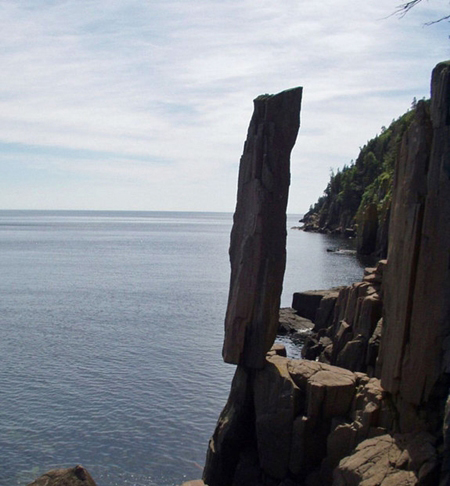
The basalt column stands perched on the water’s surface near Digby, Nova Scotia, Canada.
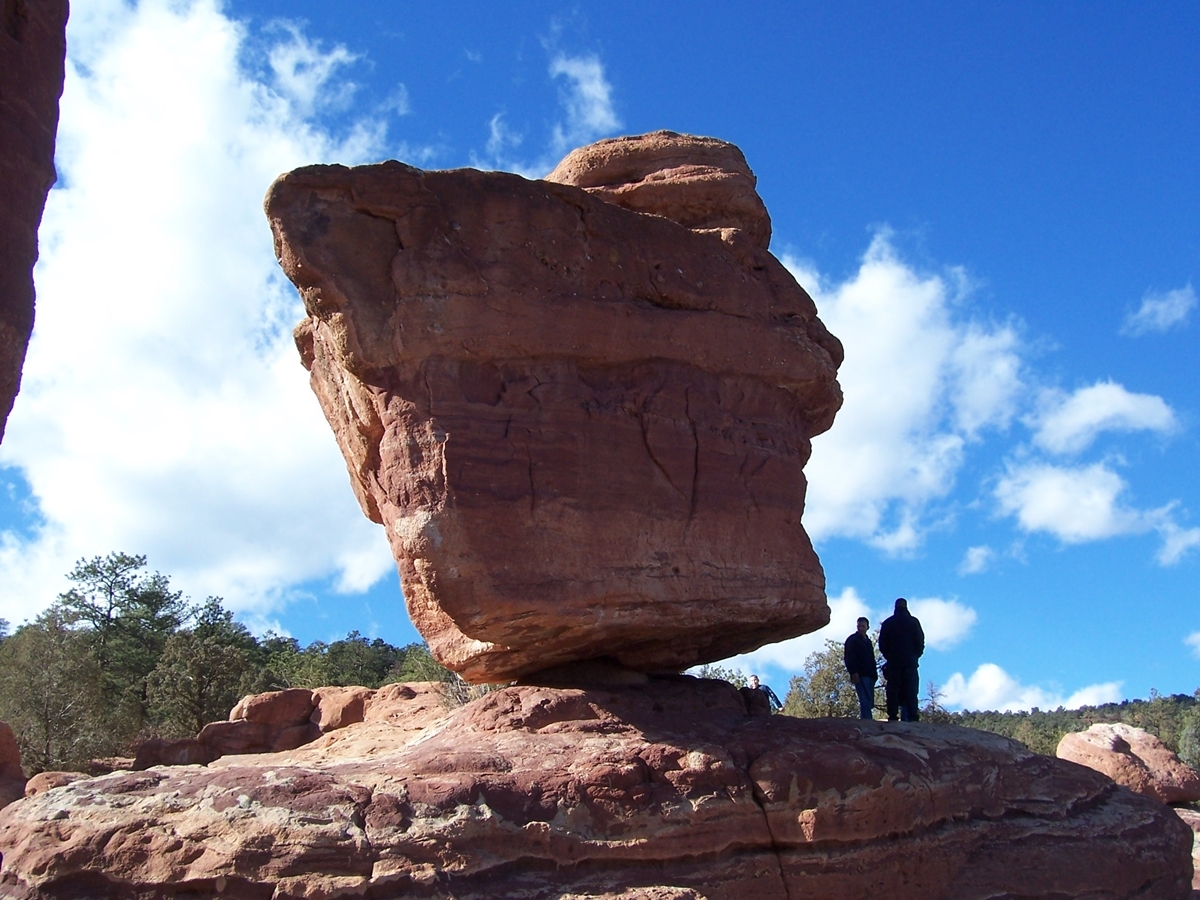
A massive granite boulder sits in the Garden of the Gods park, Colorado Springs, USA.

The Matobo Hills in Zimbabwe are formed entirely of granite rock. Their present-day shape is the result of long-term weathering. The local people have named it “Mother and Child Hills” based on their shape.
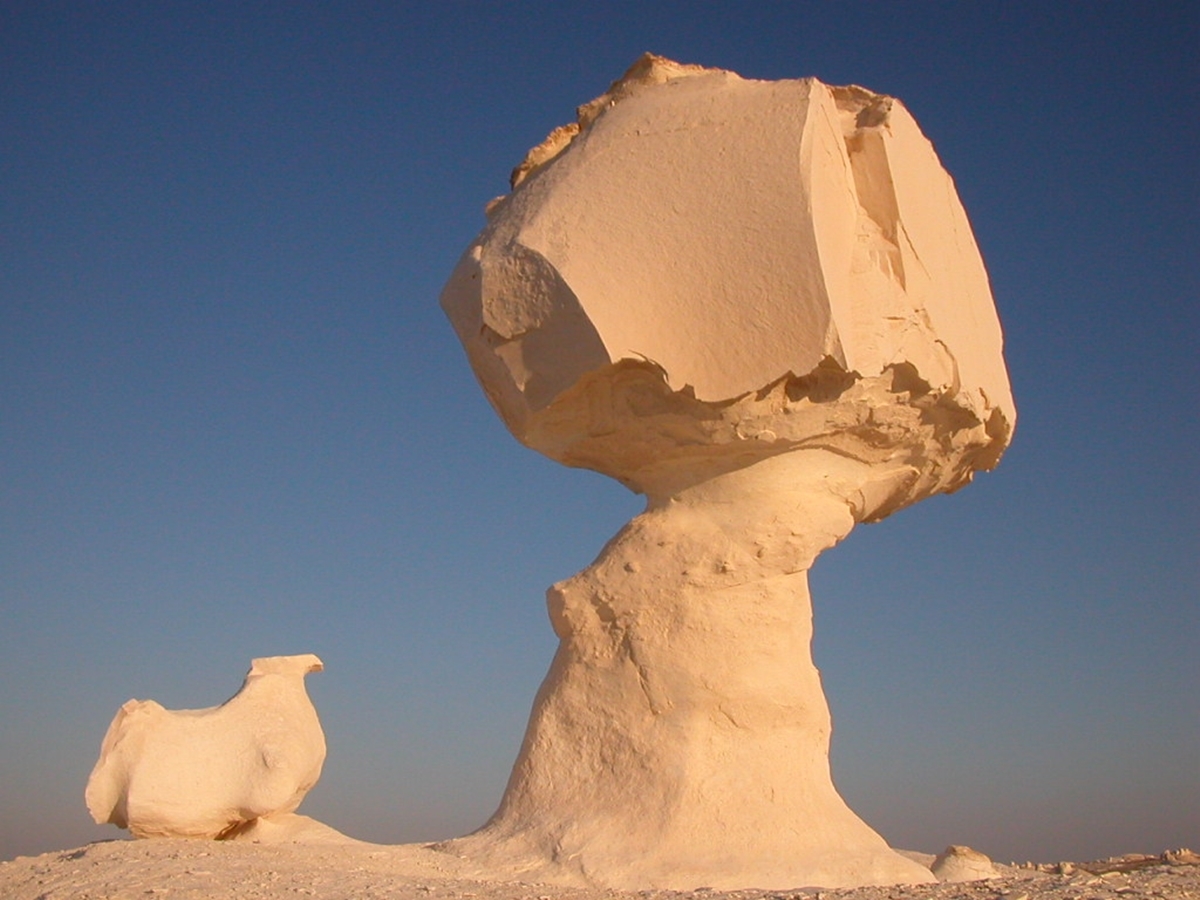
A limestone rock in the White Desert, Egypt. Rocks like this are scattered throughout the desert and are known as mushroom rocks. Unlike other balanced rocks, mushroom rocks were originally a single rock that eroded differently in various sections.

Yeager Rock, a glacial erratic (a rock of a different origin that was transported by glaciers), weighs 440 tons on the Waterville plateau in Washington, USA. 13 thousand years ago, Yeager Rock was carried by the Cordilleran glacier and deposited at its current location as the glacier melted.
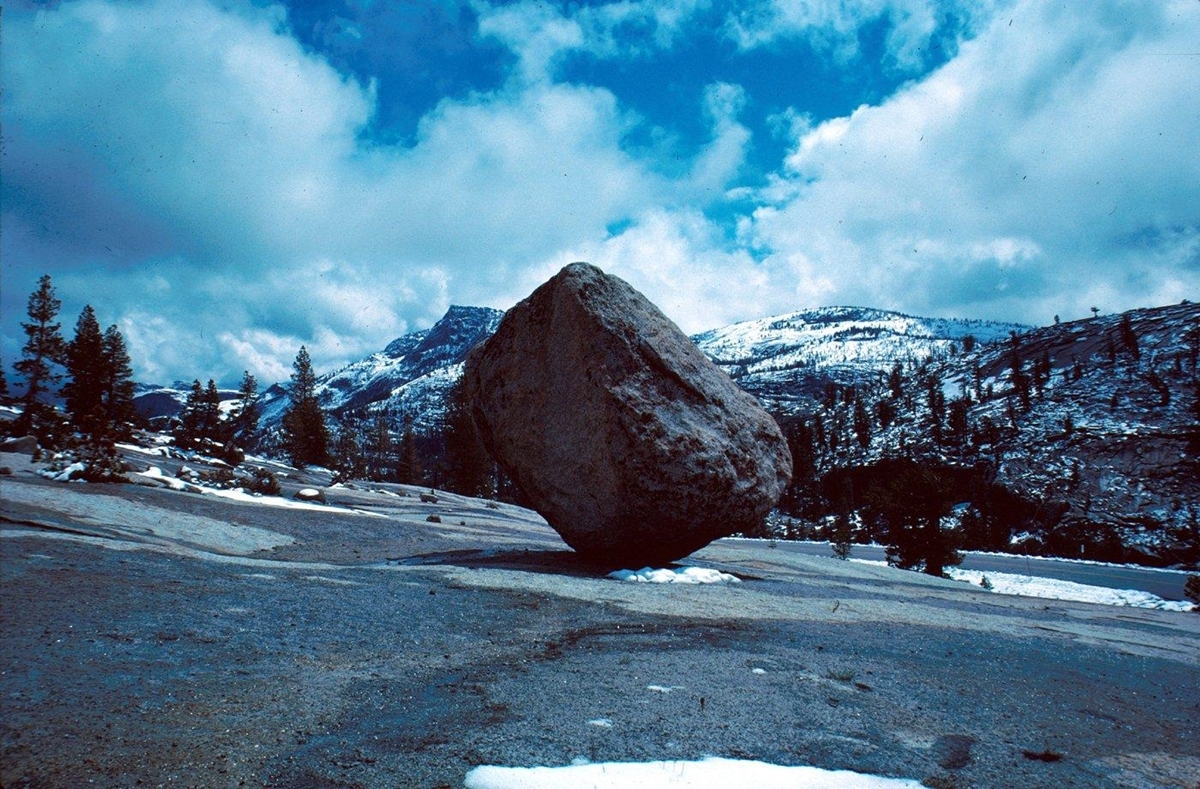
Another glacial erratic is located in Yosemite National Park, California, USA. It too was transported by a glacier and perched near Olmstead Point as the glacier melted.
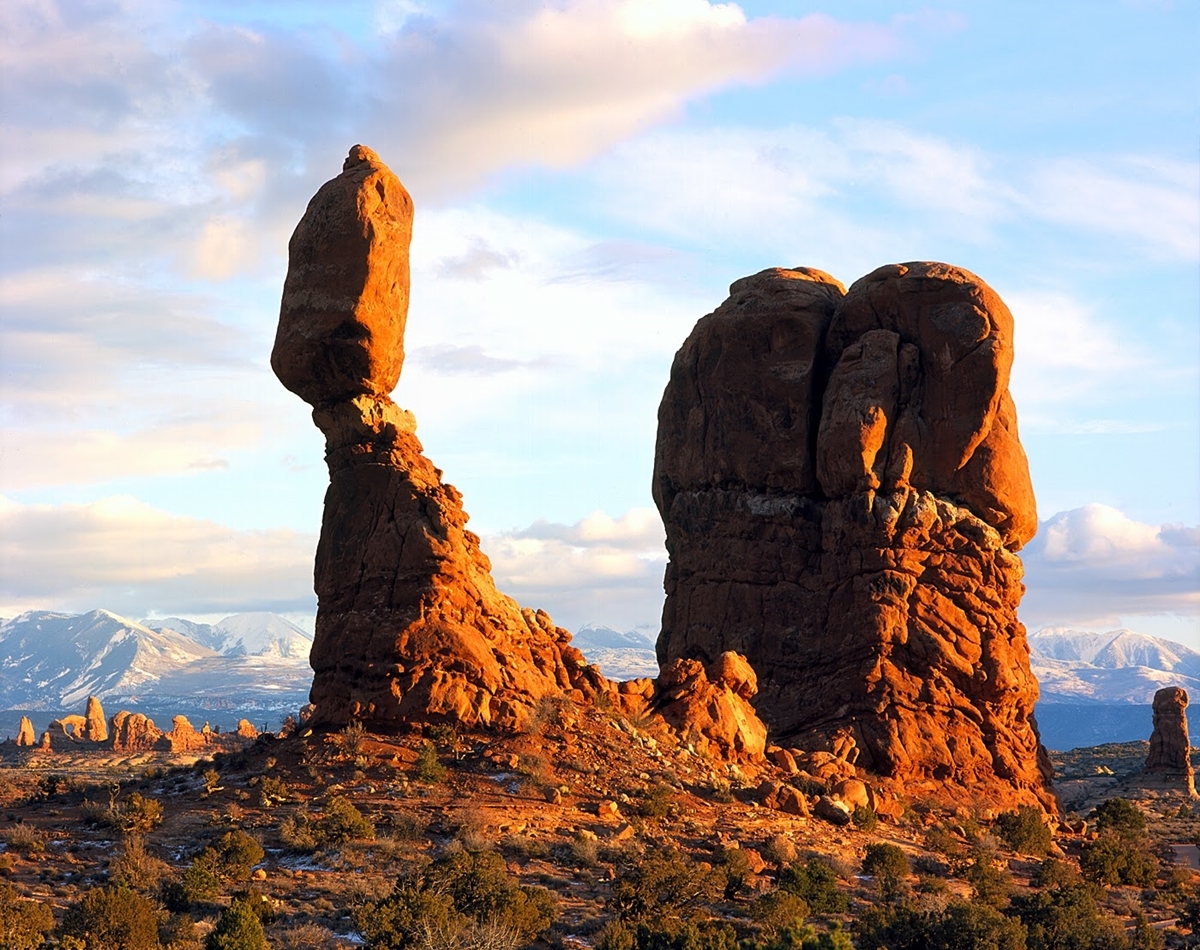
Capped Rock, a famous balanced rock in the Moab Desert, Utah, USA. The varying erosion effects of wind on different rock layers are the cause of this rock’s formation. Places with balanced rocks are always in areas with a solid and stable geological structure.
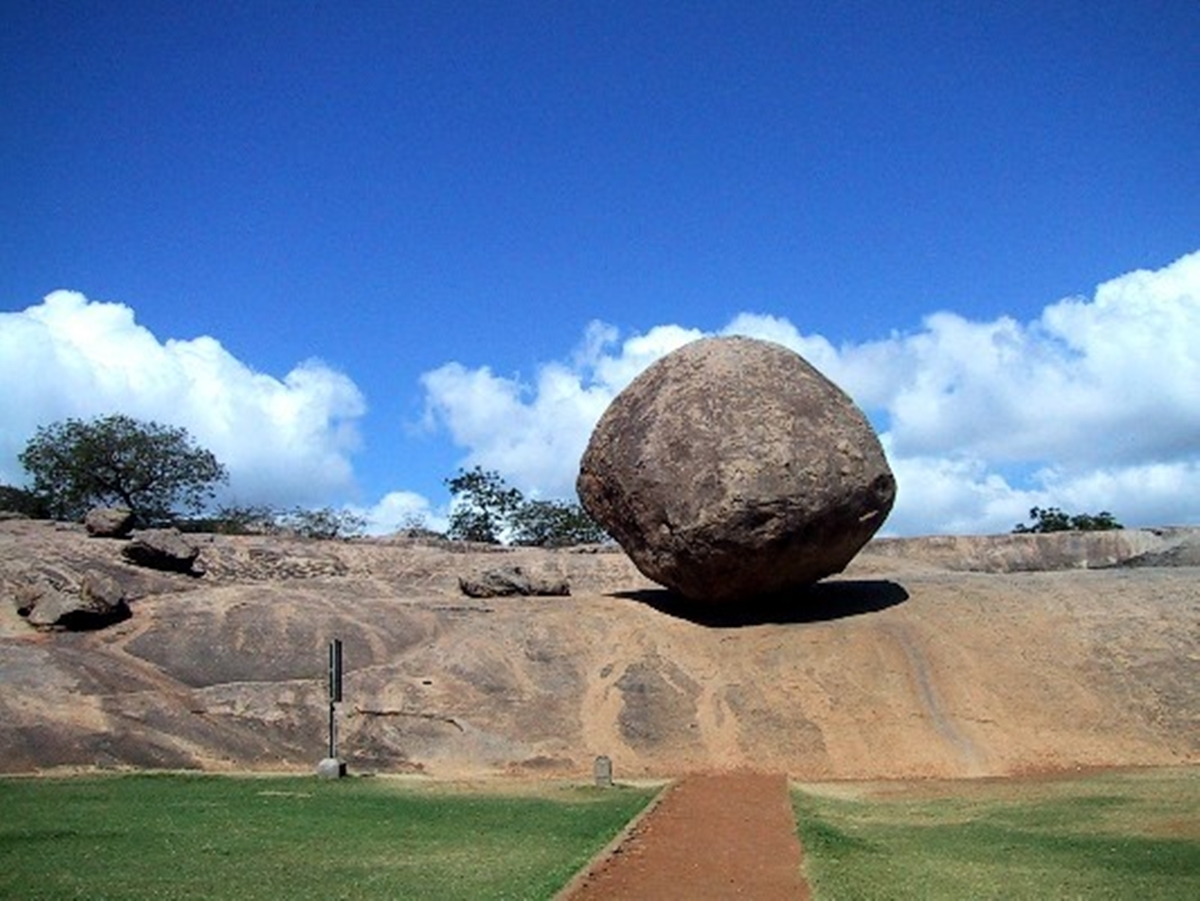
“Krishna’s Butterball” is a famous glacial erratic perched on a hillside near Mamallapuram, India. It is a large boulder that appears to defy gravity, as it is perched precariously on a steep slope. The boulder’s name comes from a Hindu legend that relates to the god Krishna and his love of butter.
